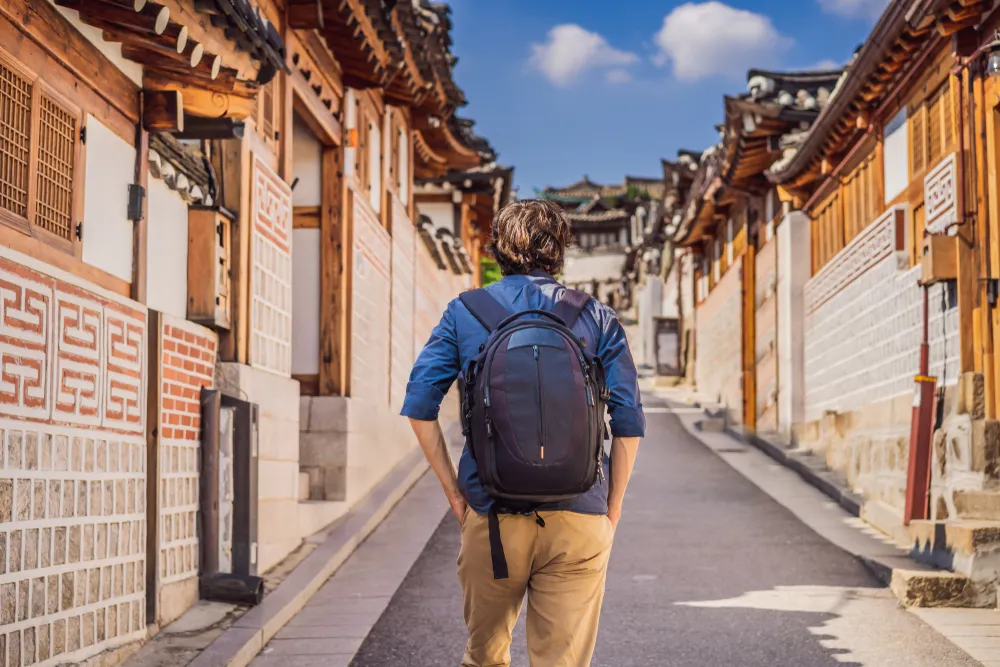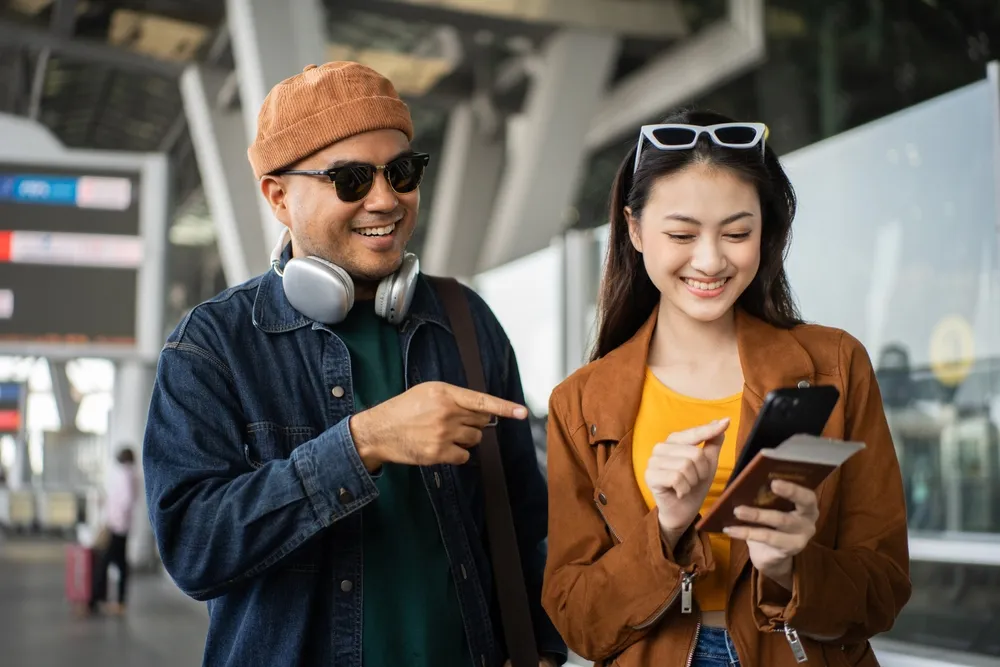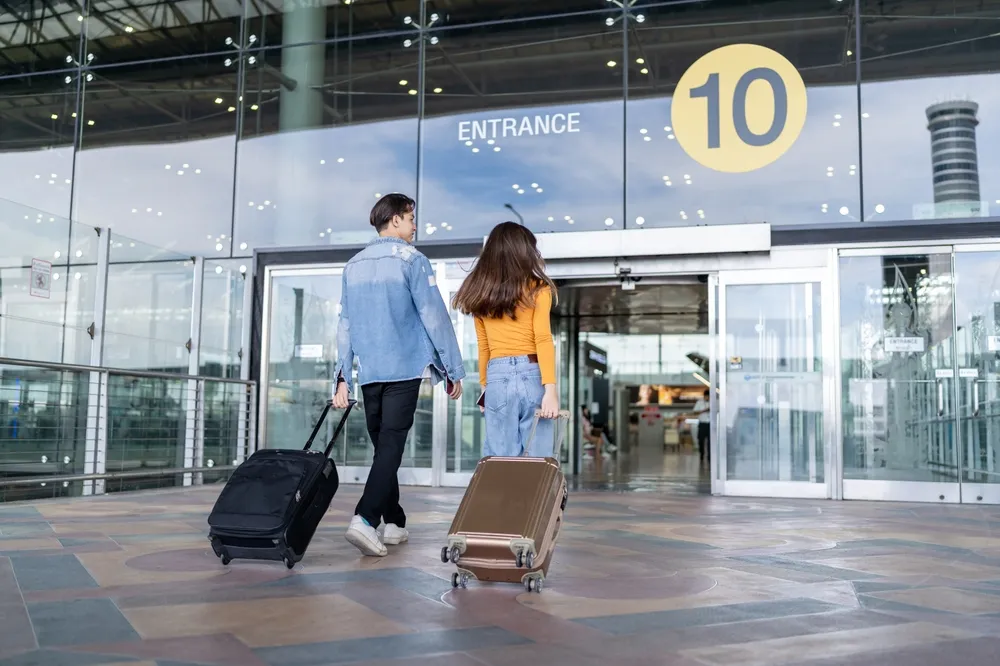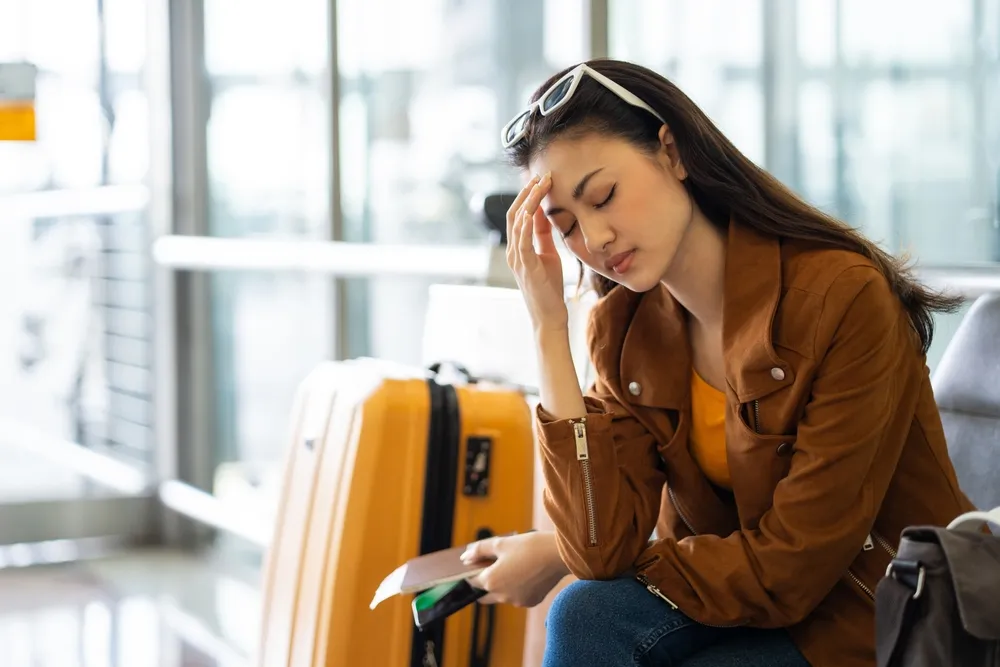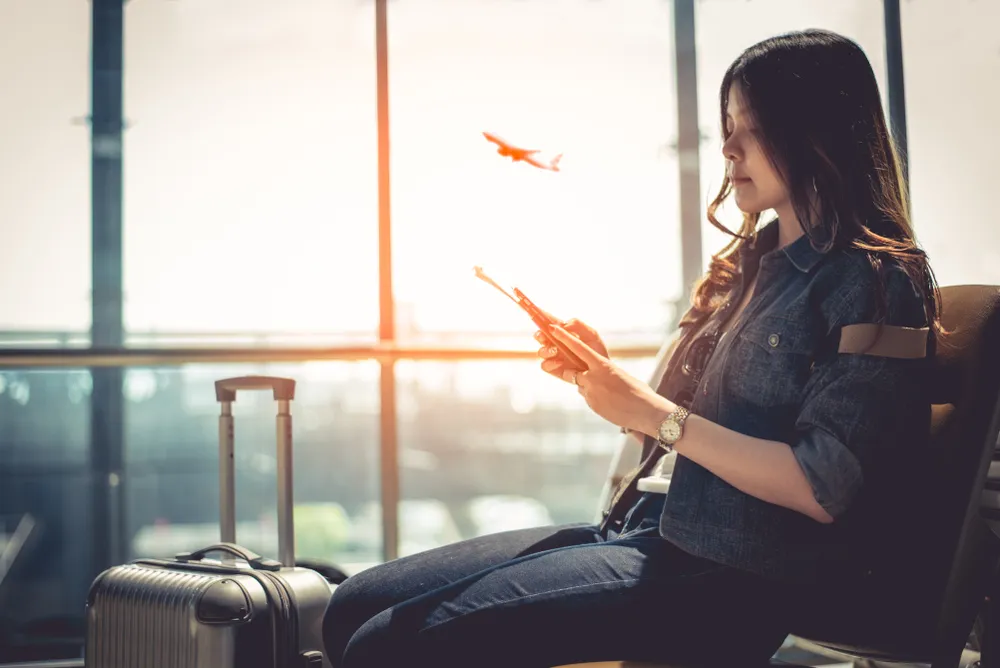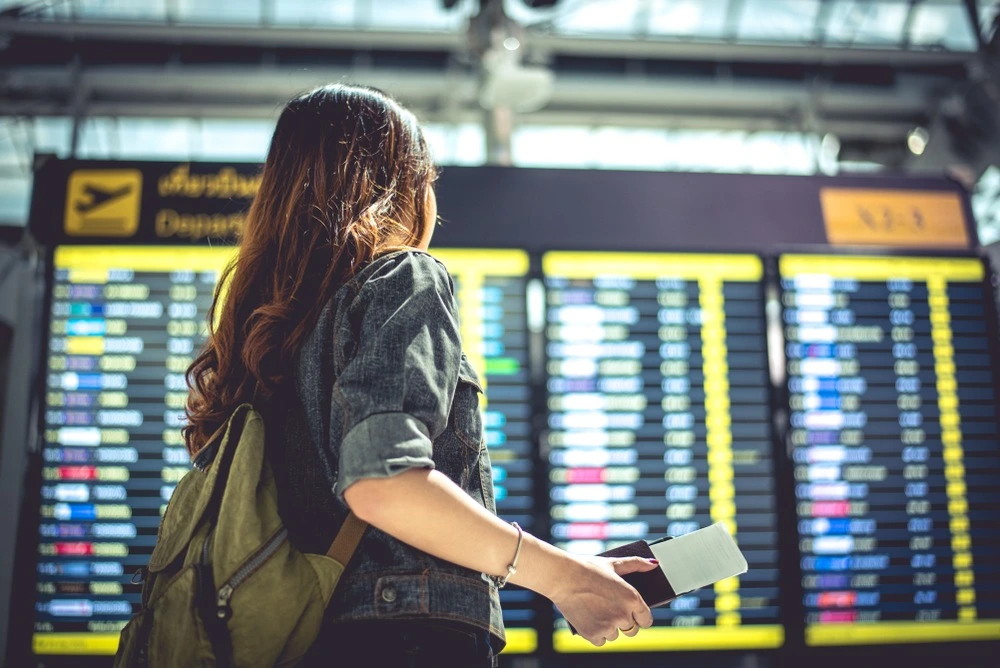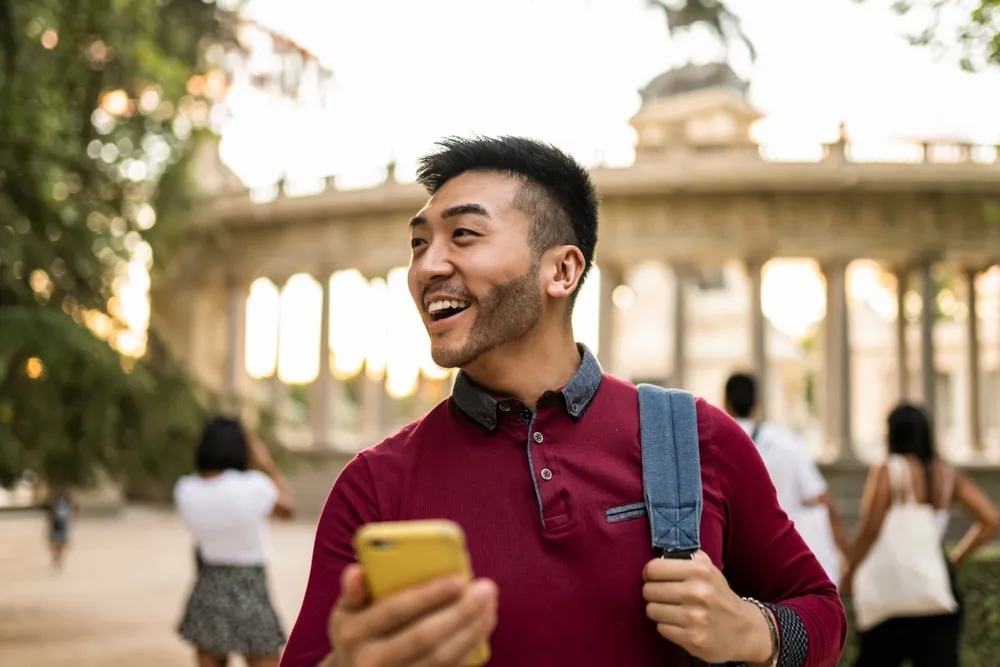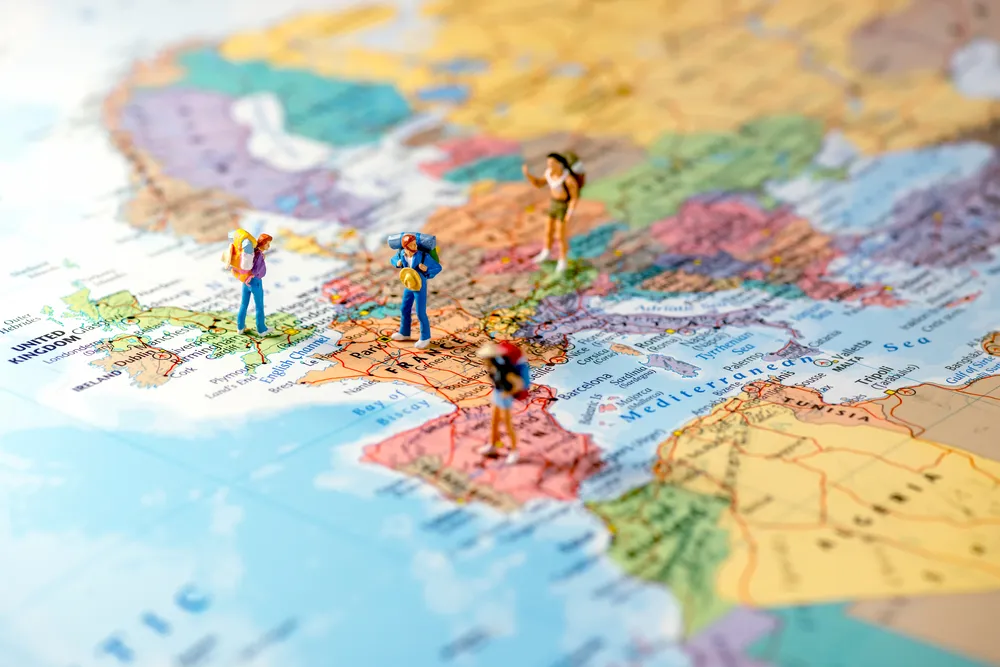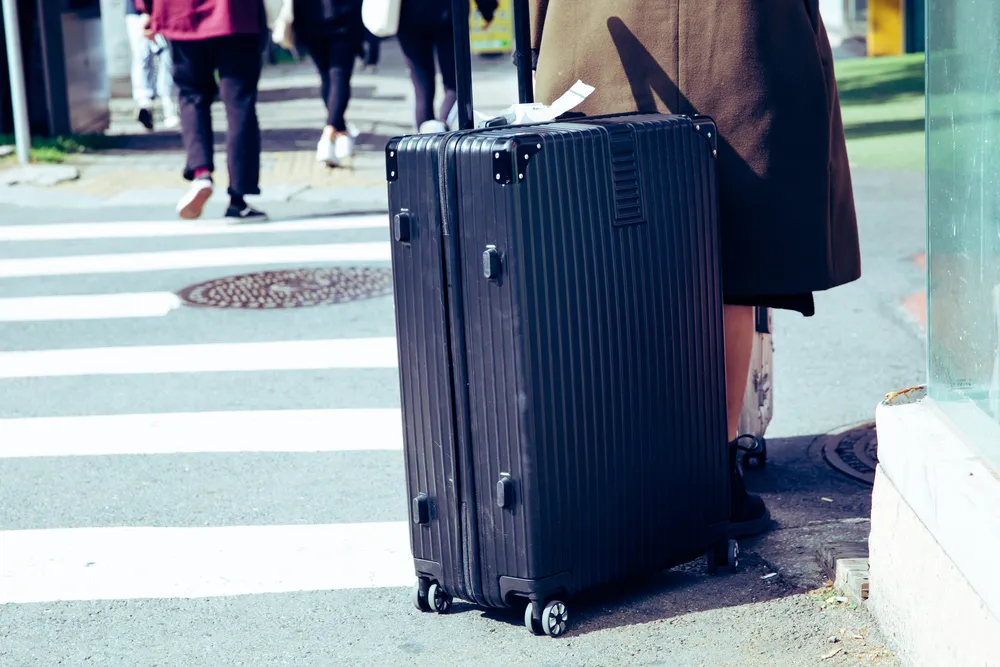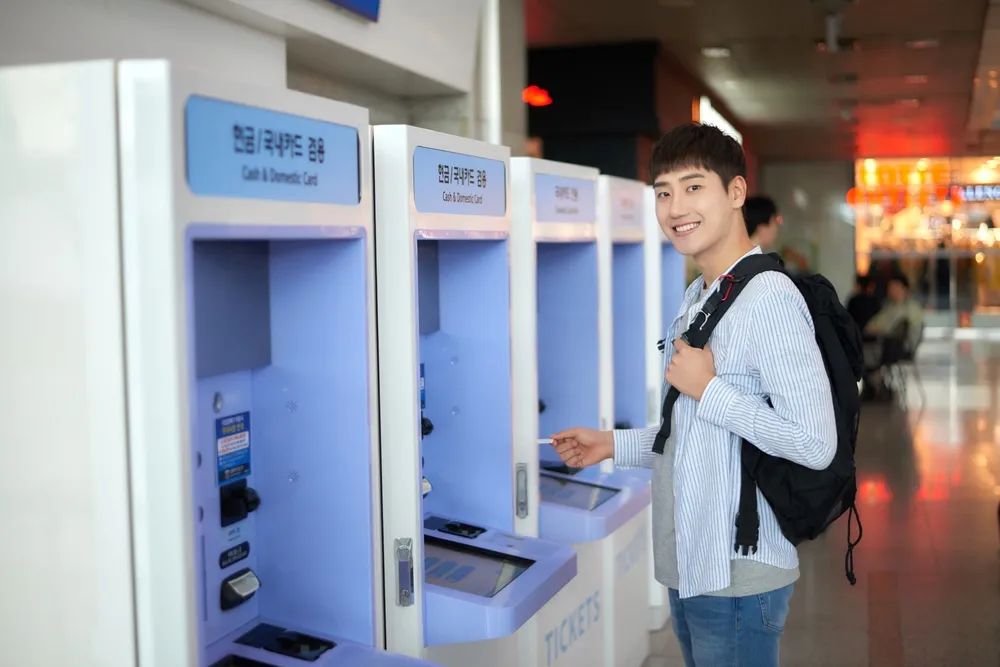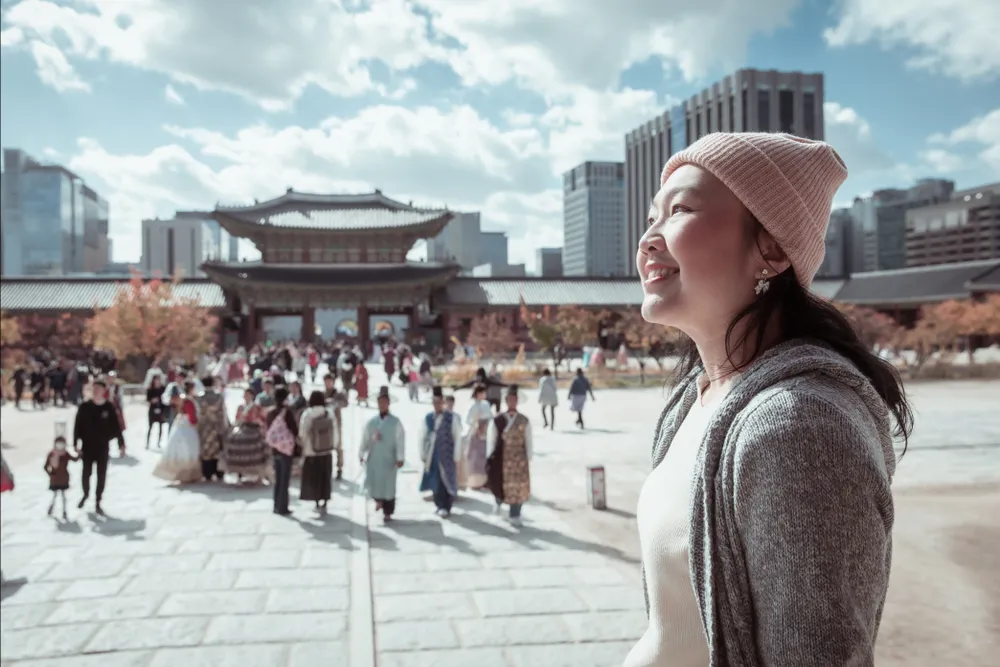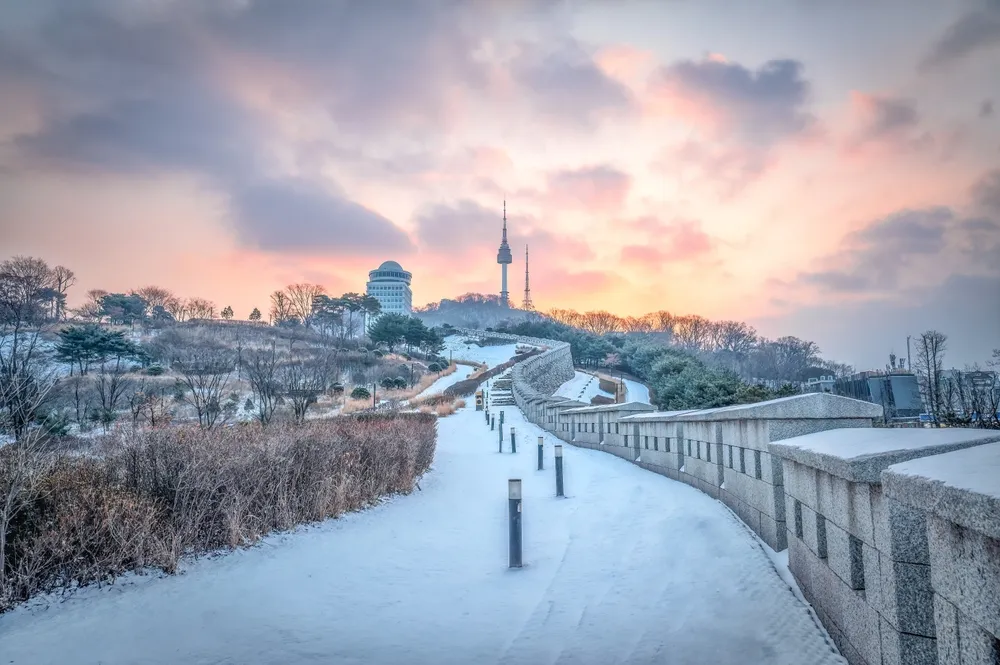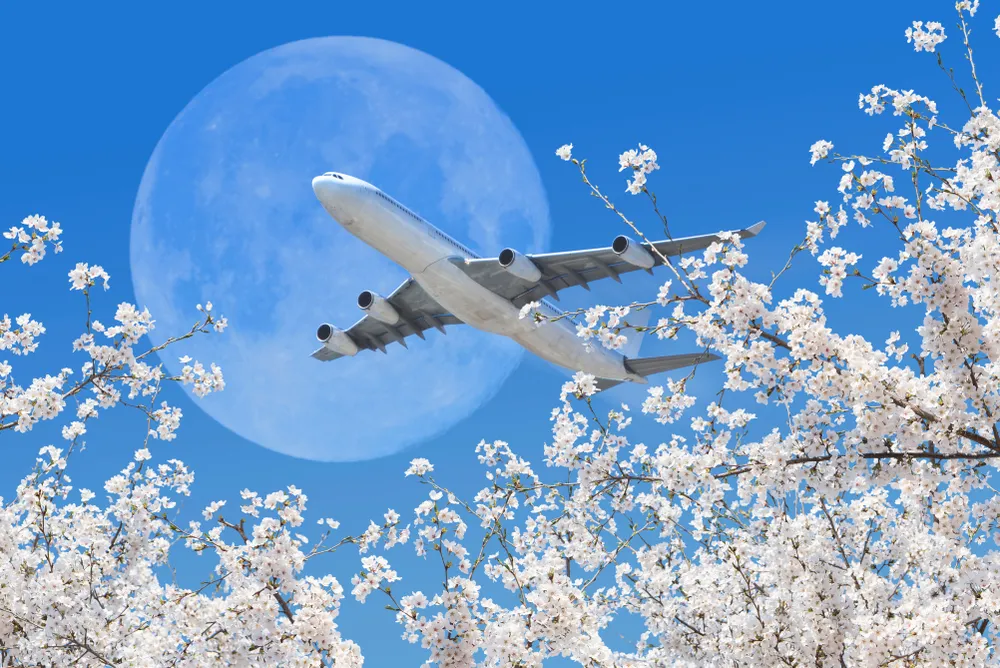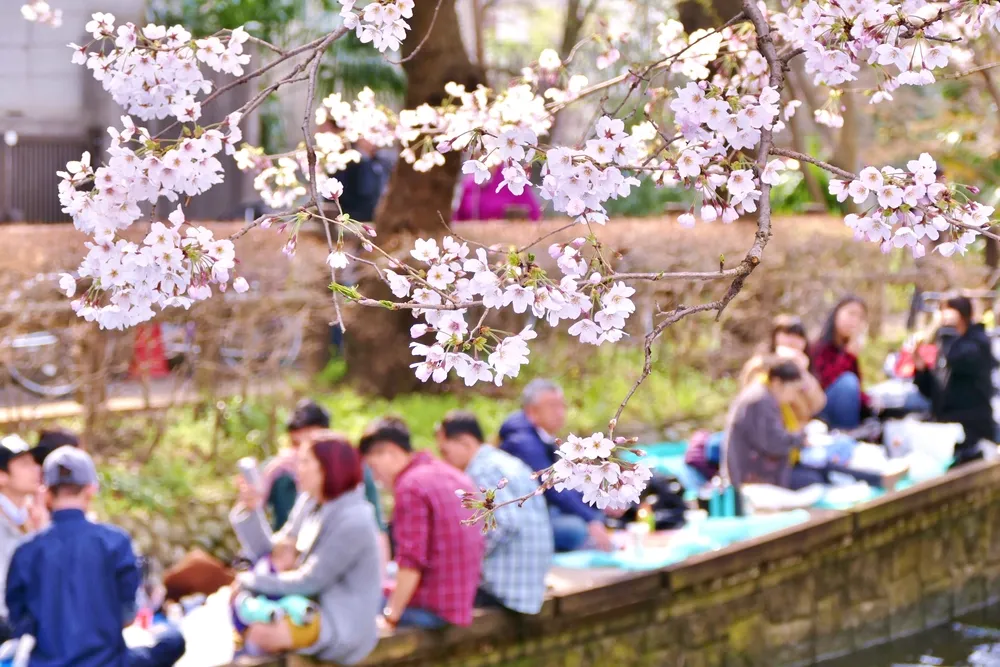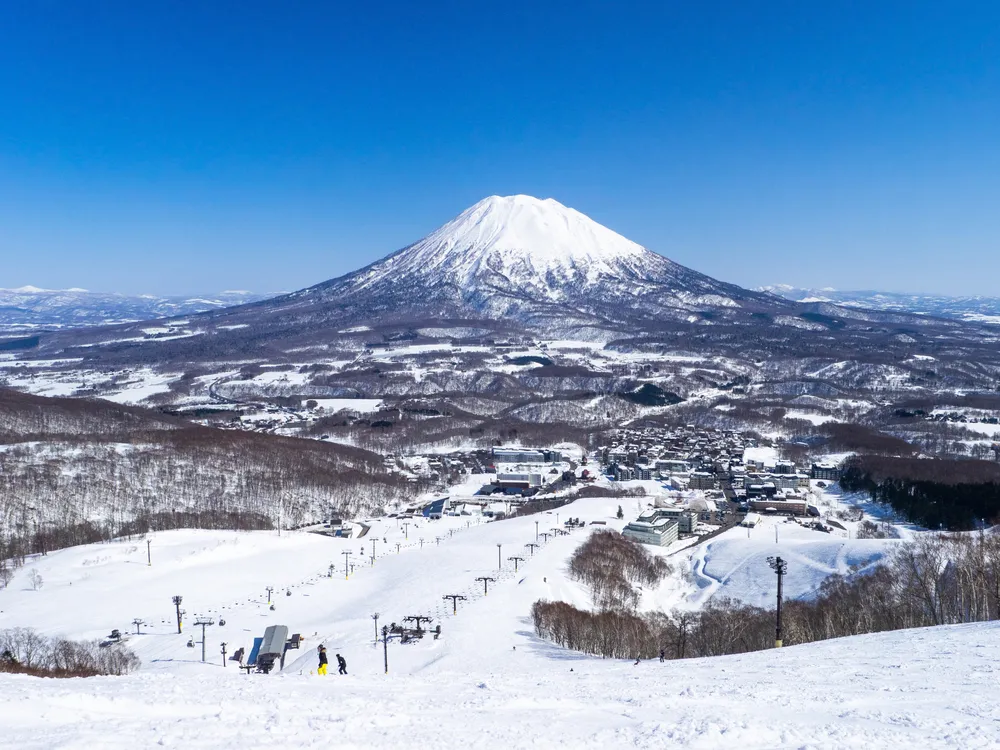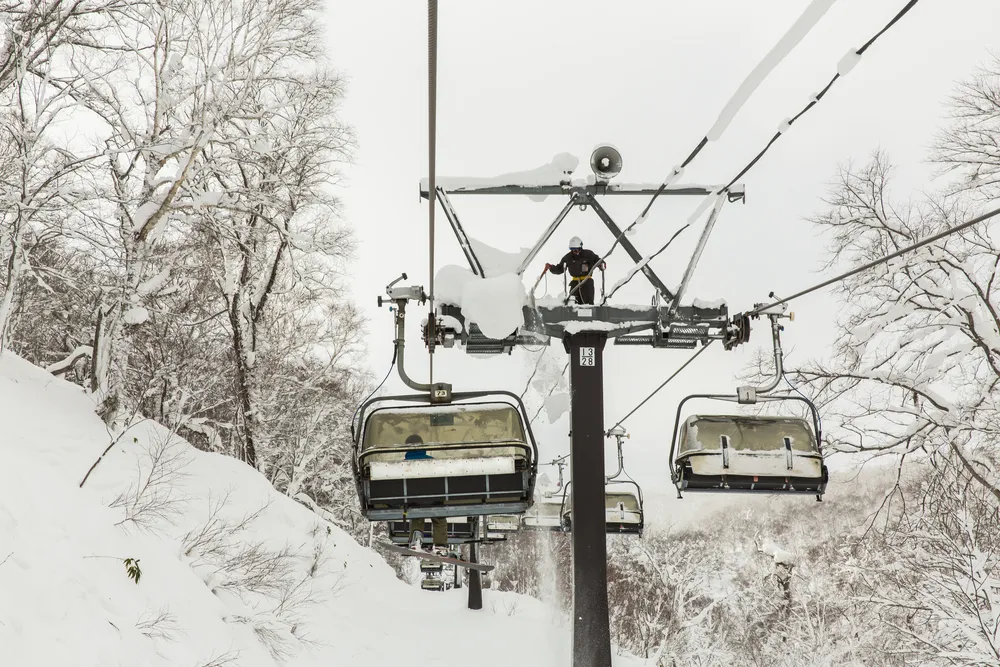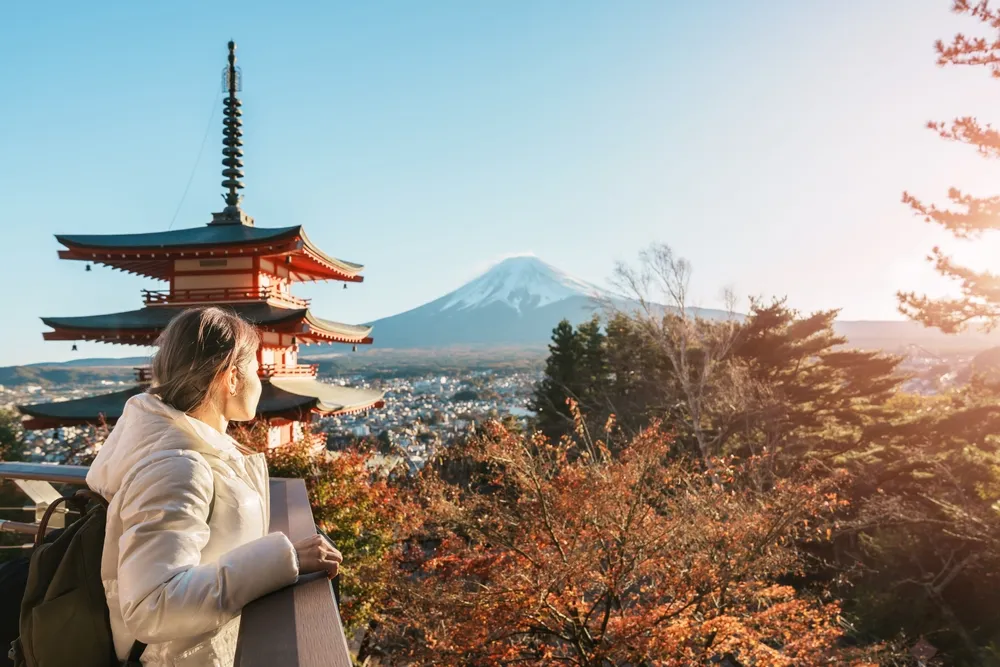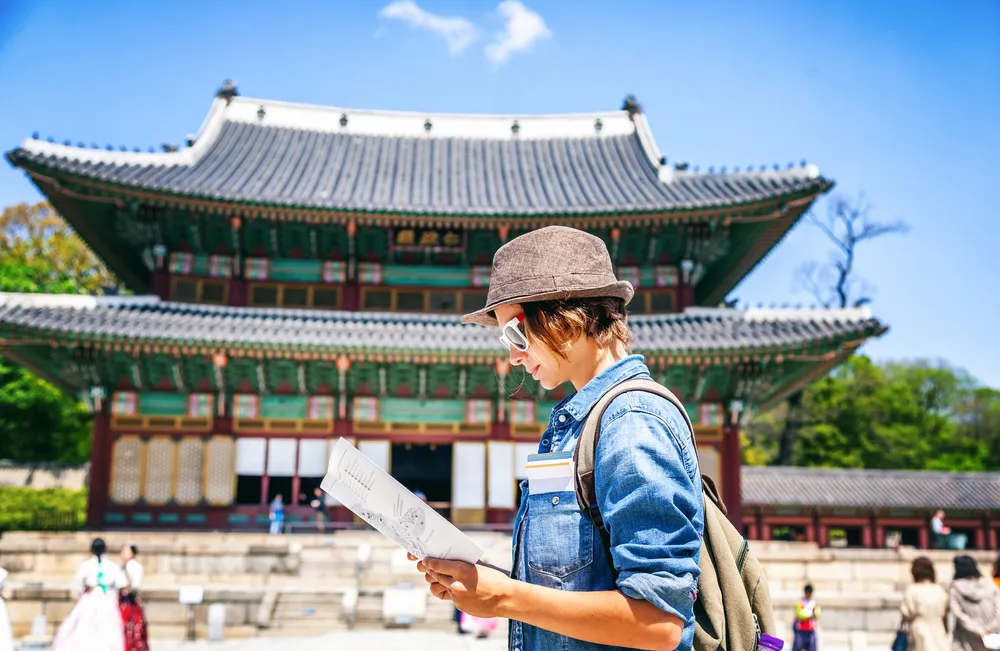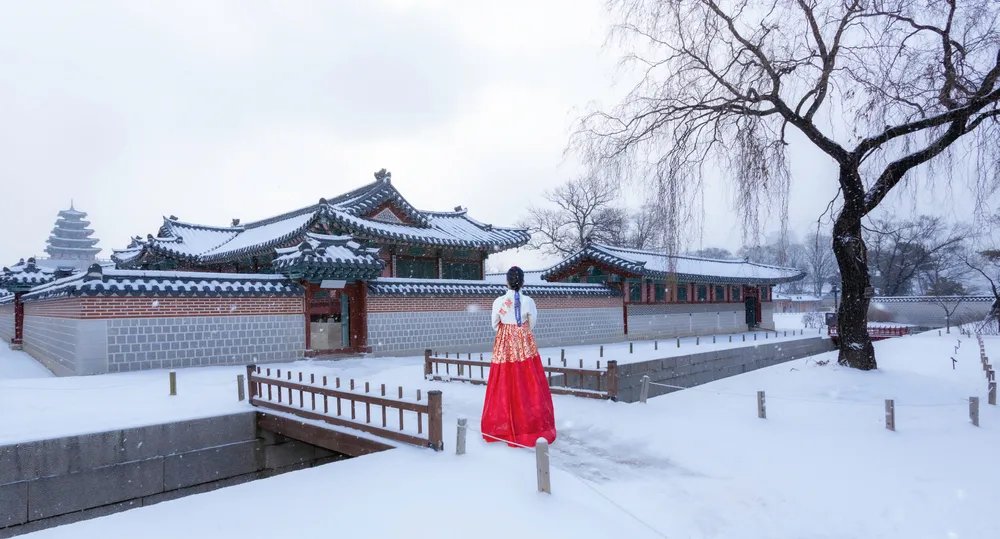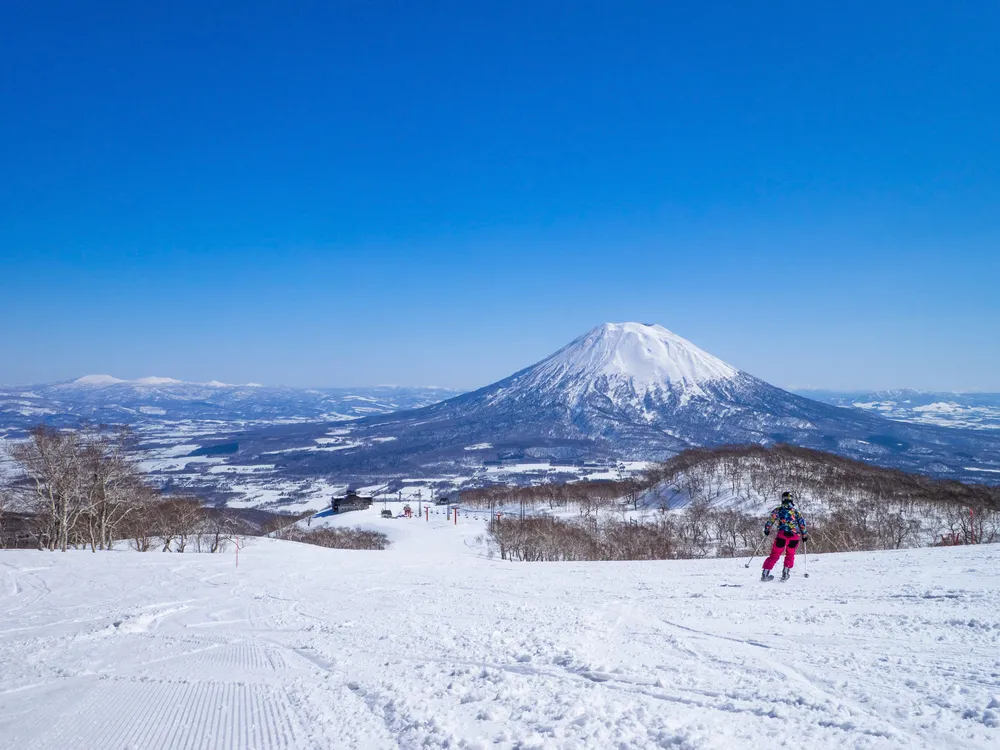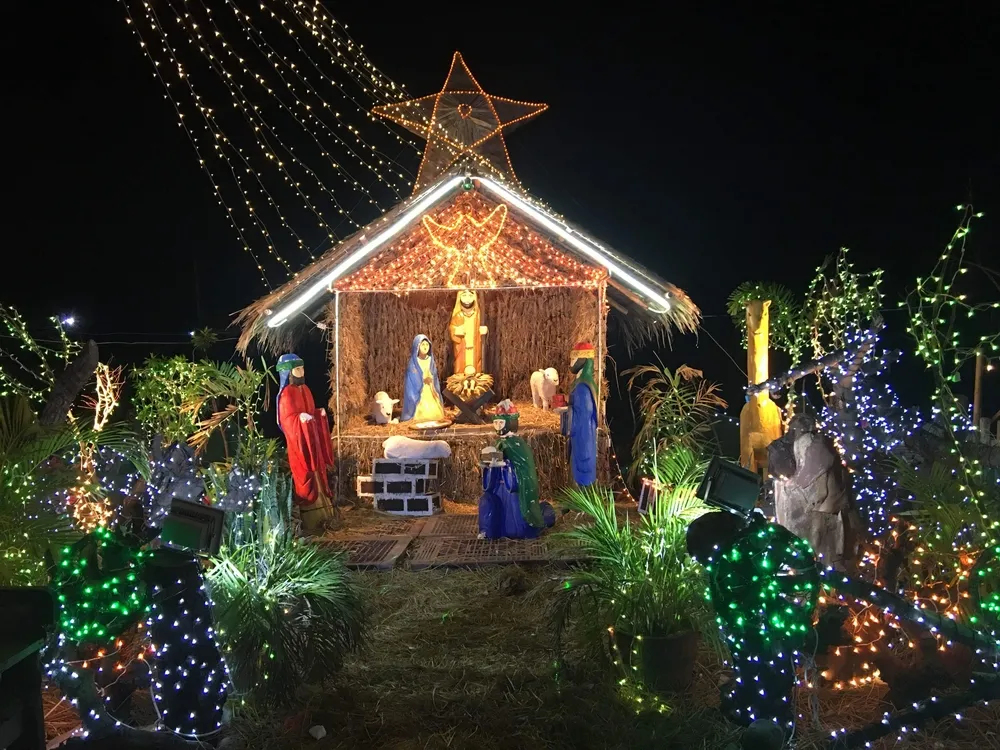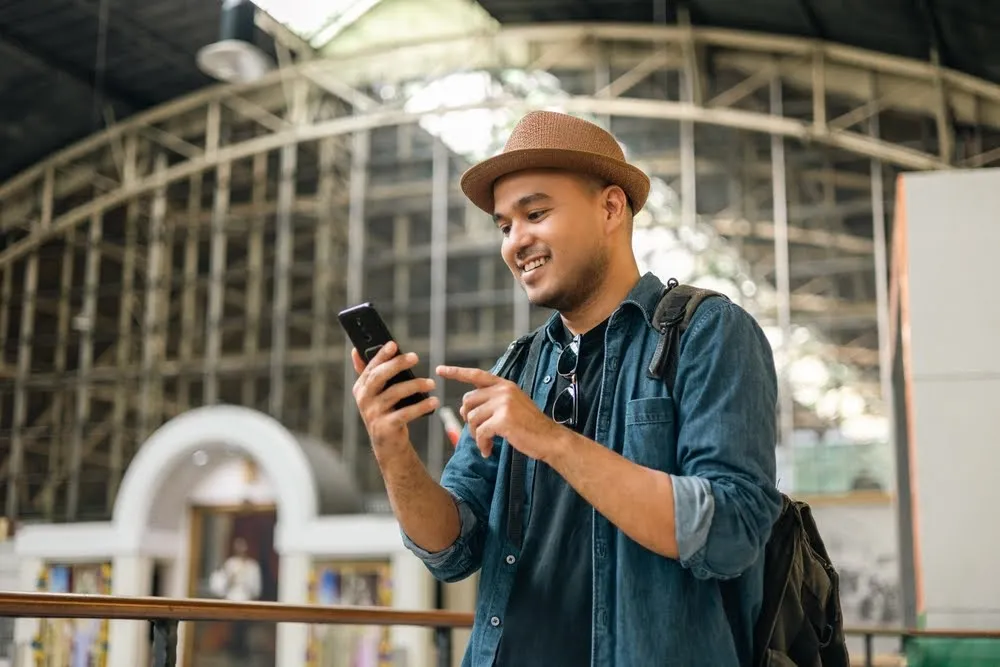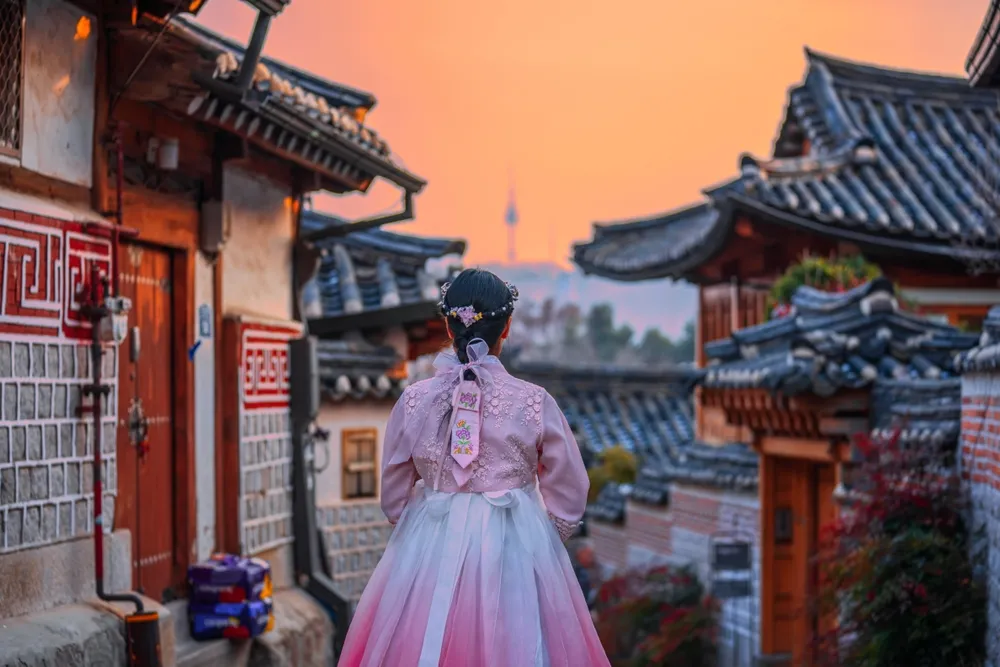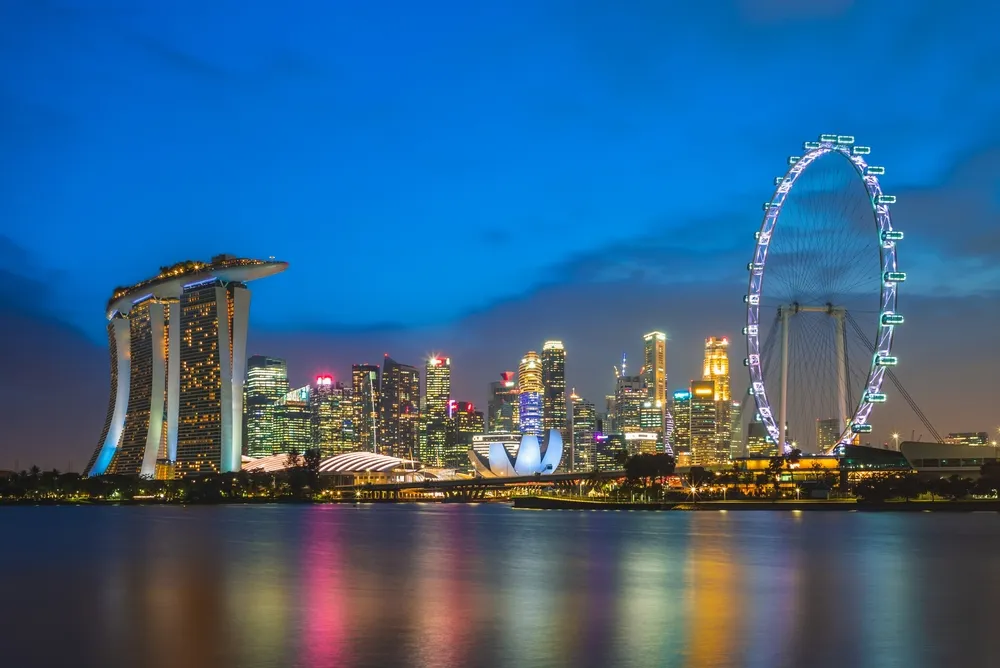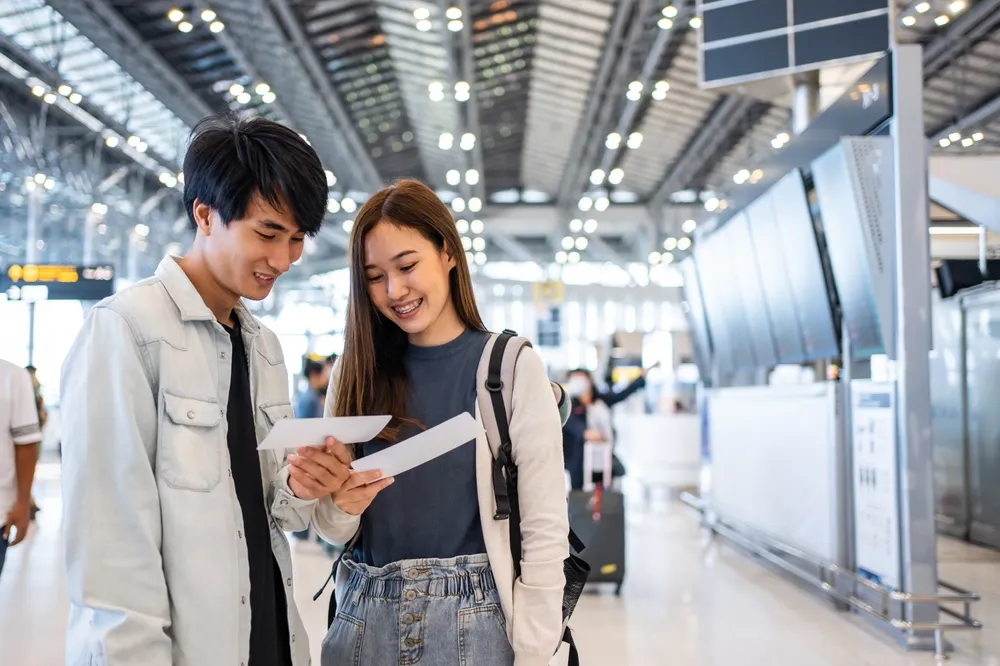Why South Korea is a Must-Visit for Filipinos
Filipinos have fallen in love with South Korea, and it’s easy to see why! Here’s what makes it one of the top travel destinations:
K-Drama & K-Pop Fever
The Hallyu wave is real! From visiting famous K-drama filming locations to exploring K-pop entertainment hubs, fans can live out their K-fantasies.
Budget-Friendly Travel
Promo flights, affordable hostels, and delicious street food mean you can explore South Korea without emptying your wallet.
Exciting Seasonal Experiences
Whether you're chasing cherry blossoms in spring, golden leaves in autumn, or magical snowfall in winter, Korea’s changing seasons always bring something special.
Food & Shopping Paradise
From sizzling Korean BBQ to must-visit shopping havens like Myeongdong, foodies and shopaholics are in for a treat!
Cultural & Historical Attractions
Step back in time at grand palaces, wander through hanok villages, or visit centuries-old temples—Korea offers the perfect mix of old and new.
Convenient Visa Options
Getting a visa is now more convenient for Filipinos, with multiple-entry options available for frequent travelers.
With its mix of pop culture, stunning scenery, and rich traditions, South Korea is calling—are you ready for your budget-friendly adventure?
Korean Currency & Travel Costs: What You Need to Know
Before you start your budget-friendly adventure in South Korea, it’s essential to understand the local currency. The South Korean Won (₩) is your go-to for transactions, and as of 2025, the exchange rate is roughly:
💰 ₩1,350 ≈ $1 USD ≈ ₱56 PHP
For quick mental conversions, think of ₩10,000 as around $7.50 or ₱420—handy when shopping or budgeting your daily expenses! While most shops and restaurants accept credit cards, cash is still king at traditional markets and smaller stores, so keep some on hand.
How to Score Cheap Flights to South Korea
Flying to South Korea doesn’t have to break the bank! With the right strategies, you can find affordable flights and save money for more kimchi and K-beauty hauls.
Best Seasons for Cheap Flights
The cheapest seasons to fly to South Korea are during the shoulder months—spring (March-May) and fall (September-November). These months offer great weather without the extreme cold or humidity, plus lower airfare compared to peak seasons.
Avoid These Expensive Travel Periods:
Late March to Early April: Cherry blossom season = higher flight and hotel rates
Early May: Golden Week in Japan causes a surge in regional airfare
Mid-September: Chuseok (Korea’s Thanksgiving) leads to pricier domestic flights and train tickets
Late October: Fall foliage attracts tourists, increasing travel costs
Pro Tip: If your schedule is flexible, book flights just before or after these peak dates to score lower fares and avoid big crowds!
Smart Flight-Booking Hacks to Save on Your Trip
Scoring cheap flights to South Korea isn’t just luck—it’s all about strategy! Use these expert tips to lock in the best deals and stretch your travel budget further.
Use Fare-Tracking Tools: Websites like Google Flights, Skyscanner, and Kayak let you track price drops so you can book at the lowest fare.
Book 3-4 Months in Advance: The cheapest international flights to Korea are usually available well ahead of time. Last-minute deals? Rare, especially during peak seasons!
Fly into Incheon International Airport (ICN): ICN offers more flights, better prices, and easier access to Seoul than smaller airports like Gimpo (GMP) or Busan’s Gimhae (PUS).
Consider Alternative Routes: Sometimes, flying to Tokyo, Osaka, or Beijing first, then taking a budget airline to Seoul, can be cheaper than a direct flight!
Leverage Budget Airlines: Airlines like AirAsia, Jeju Air, Jin Air, and T'way Air offer huge savings for travelers flying from Southeast Asia and nearby regions.
Use Airline Miles or Points: Got a frequent flyer account? Use your miles or points to slash ticket prices on Korean Air, Asiana Airlines, and other major carriers.
Check for Promotions & Group Discounts: Airlines often run promo fares, student discounts, and group travel deals. Follow their social media and sign up for newsletters to stay in the loop!
Where to Stay in South Korea on a Budget: Best Cheap & Cozy Stays
Exploring South Korea on a budget? Good news—you don’t have to break the bank to find a comfy place to rest! Whether you’re after affordable hostels, traditional stays, or unique Korean-style accommodations, there’s something for every traveler.
Affordable Stays: Guesthouses and Hostels
For backpackers, solo travelers, or groups, guesthouses and hostels offer clean, comfortable, and wallet-friendly stays with essential amenities.
Dormitory Rooms (₩15,000-₩25,000 per night)
Budget-friendly shared spaces with lockers to secure your belongings
Bunk beds with privacy curtains for added comfort
Shared bathrooms that are well-maintained and stocked with toiletries
Free breakfast like toast, eggs, coffee—perfect fuel for exploring!
Great way to meet fellow travelers and exchange travel tips.
Private Rooms (₩40,000-60,000 per night)
Choose between Ondol-style (heated floors) or Western beds
Comes with a private bathroom for extra privacy
Amenities include a mini-fridge, TV, and air conditioning
Great for couples or travelers who prefer their own space
Best Budget Areas to Stay In
In Seoul:
Hongdae – Popular among young travelers, with lively nightlife, trendy cafés, and street performances.
Jongno – A central location with historical sites like Gyeongbokgung Palace and Bukchon Hanok Village.
Myeongdong – A prime shopping district with excellent public transportation connections.
In Busan:
Nampo-dong – Near famous markets and cultural attractions like Jagalchi Fish Market.
Haeundae – Perfect for beach lovers, offering affordable stays near the scenic coastline.
Seomyeon – A central hub for food lovers, with an abundance of restaurants, bars, and shopping centers.
Unique Budget Stay: Jjimjilbang (Korean Sauna)
Want a truly unique and affordable place to sleep in Korea? Try a jjimjilbang—a Korean bathhouse that doubles as an overnight stay!
Cost: ₩8,000-₩15,000 per night
What to Expect:
Gender-segregated hot baths, steam rooms, and saunas
Communal sleeping areas with heated floors—bring a small towel for a pillow!
Free sleepwear provided for an authentic Korean experience
24/7 operation—perfect for late-night arrivals or early departures
Bonus perks: Arcades, movie rooms, and in-house Korean restaurants
Pro Tip: Arriving on a red-eye flight? Some jjimjilbangs near Incheon Airport allow short-term stays, making them a cheap and relaxing option!
Cultural Experience: Temple Stay Programs
Looking for a unique cultural experience that won’t break the bank? A temple stay in South Korea offers the perfect blend of peaceful retreat, spiritual immersion, and cultural discovery—all at an affordable price! Whether you’re a history buff, a spiritual seeker, or just need a break from the fast-paced city life, spending a night in a Buddhist temple is a great way to experience Korea’s rich traditions firsthand.
Cost: ₩30,000-50,000 per night
What’s Included:
Traditional temple accommodation – Simple, peaceful rooms surrounded by nature
Buddhist vegetarian meals – Nutritious & delicious dishes, typically made from fresh local ingredients
Early morning chanting & meditation – Start the day with a serene Buddhist ritual
Cultural activities – Participate in tea ceremonies, lotus lantern making, or traditional calligraphy
Temple uniform (gray robe) – Wear a traditional robe to enhance the immersive experience
Recommended Temples for Budget Travelers:
Jogyesa Temple (Seoul): Ideal for first-timers looking for an introductory experience in the heart of the city.
Beopjusa Temple (Chungcheongbuk-do): Located in Songnisan National Park, this mountain retreat is perfect for nature lovers.
Haeinsa Temple (Gyeongsangnam-do): Home to the Tripitaka Koreana, a priceless UNESCO-listed collection of Buddhist scriptures.
Whether you’re seeking self-discovery, a quiet escape, or just a unique story to tell, a temple stay is a must-try experience when visiting South Korea.
Transportation Mastery: Save Money on Getting Around
South Korea’s public transport system is fast, affordable, and incredibly efficient, making it easy to explore Seoul, Busan, and beyond without breaking the bank. Whether you’re hopping on a subway, catching a bus, or traveling between cities, here’s how to master South Korea’s transportation system while saving money.
Public Transport Must-Have: T-Money Card
The T-Money card is your golden ticket to seamless travel across buses, subways, and even some taxis in South Korea. This rechargeable smart card is a must-have for budget travelers and offers cheaper fares than buying single-journey tickets.
₩4,000 deposit (refundable) – Buy one at any convenience store or subway station.
Save ₩100 per ride – Every trip is cheaper compared to regular paper tickets.
Works across multiple cities – Use it in Seoul, Busan, Incheon, Daegu, and Jeju.
Doubles as a payment card – Accepted at some convenience stores and vending machines.
Easily reloadable – Top up at any subway station or convenience store.
Bonus Option: Tourists can also opt for the Korea Tour Card, which provides the same transport benefits as T-Money plus discounts on attractions, shopping, and restaurants.
Subway & Bus Costs
South Korea’s subways and buses are clean, efficient, and easy to use, with English signs and announcements to guide you.
Seoul Subway
Base fare: ₩1,350 for the first 10km.
Additional fare: ₩100-₩200 per extra 5km.
Airport Railroad Express (AREX): ₩4,150 for the regular train, ₩9,000 for the express train to/from Incheon Airport.
Bus Costs
Local city buses: ₩1,350 per trip.
Express (red) buses: ₩2,400 per trip (ideal for suburban travel).
Night buses (operating between 12 AM - 5 AM): ₩2,150 per trip.
Important Notes:
Free Transfers! If you switch from a subway to a bus (or vice versa) within 30 minutes, your transfer is free—a great way to save on transport costs.
The bus system is color-coded for easy navigation:
Blue Buses – Long routes between major districts
Green Buses – Shorter routes within districts
Red Buses – Express routes connecting the suburbs to the city center
Yellow Buses – Circular routes within major districts
Pro Tip: Google Maps doesn’t work well for public transport in Korea. Instead, use Naver Maps or Kakao Maps for real-time subway and bus schedules.
Intercity Travel: Best Ways to Travel Between Cities
Planning to visit Busan, Daegu, or Gyeongju? South Korea has plenty of fast and affordable options for intercity travel.
KTX High-Speed Rail
If you’re short on time, the KTX bullet train is the best way to travel between cities.
Seoul to Busan: ₩35,000+ (~2.5 hours)
Seoul to Gwangju: ₩26,000+ (~1.5 hours)
Discounts: Save 20-40% by booking early on the Let’s Korail app.
Alternative: The SRT (Super Rapid Train) is slightly cheaper than KTX but just as fast!
Express Buses
If you’re not in a rush, express buses are 40% cheaper than KTX and surprisingly comfortable.
Seoul to Busan: ₩20,000-25,000 (~4-5 hours)
Standard vs. Premium: Regular express buses have standard seats, while premium buses offer wider seats and extra legroom.
Booking: Reserve tickets via the T-Money app or buy them at bus terminals.
Why Choose an Express Bus?
More affordable than trains
Frequent departures throughout the day
Great for scenic road trips across Korea
Why Oona Travel Insurance is the Wise Choice
Traveling on a budget? That doesn’t mean skipping essential protections! A single flight delay, lost bag, or medical emergency can turn a dream vacation into a costly nightmare. That’s where Oona Travel Insurance comes in—giving Filipino travelers the coverage they need at a price that won’t wreck their travel budget.
1. Affordable and Comprehensive Coverage
Travel insurance doesn’t have to cost a fortune! Oona offers affordable plans that cover trip cancellations, lost baggage, and medical emergencies, so you’re protected without overspending.
2. Medical Coverage for Unexpected Illnesses or Accidents
Got sick after indulging in too much tteokbokki? Slipped on icy streets in winter? Hospital bills in South Korea can be expensive, but Oona covers emergency treatments, hospital stays, and even COVID-19-related expenses—so you can focus on enjoying your trip, not stressing over costs.
3. Trip Cancellations and Flight Delays
Airlines can be unpredictable, but your trip doesn’t have to be. Get compensated for missed connections, rebooking fees, and unexpected hotel stays if your flight gets delayed or canceled.
4. Lost or Delayed Luggage Protection
If your luggage is delayed or lost, Oona helps cover the cost of essentials like clothing, toiletries, and other immediate needs.
5. 24/7 Emergency Assistance
Lost your passport? Need medical help? Oona’s 24/7 global support team is just a call away, so you’re never truly alone on your journey.
Conclusion: Making Your Budget Work
South Korea’s excellent infrastructure, affordable transport, and free cultural programs allow for an incredible travel experience on a budget. To maximize savings:
Book flights & trains early for discounts.
Stay in guesthouses, jjimjilbangs, or temples.
Eat at markets & local university areas.
Utilize free walking tours & cultural programs.
When planning your trip to South Korea, it's essential to consider travel insurance to safeguard against unexpected events. Oona offers comprehensive international travel insurance plans starting at just ₱299, providing coverage for medical emergencies, trip cancellations, lost belongings, and more. With up to ₱5 million in medical and emergency expense coverage, including up to ₱2.5 million for COVID-19-related incidents, Oona ensures you can explore South Korea with peace of mind. Purchasing a policy is quick and convenient through their online platform, allowing you to secure protection in minutes.
With proper planning and smart spending, you can enjoy the best of South Korea without breaking the bank. Safe travels!
